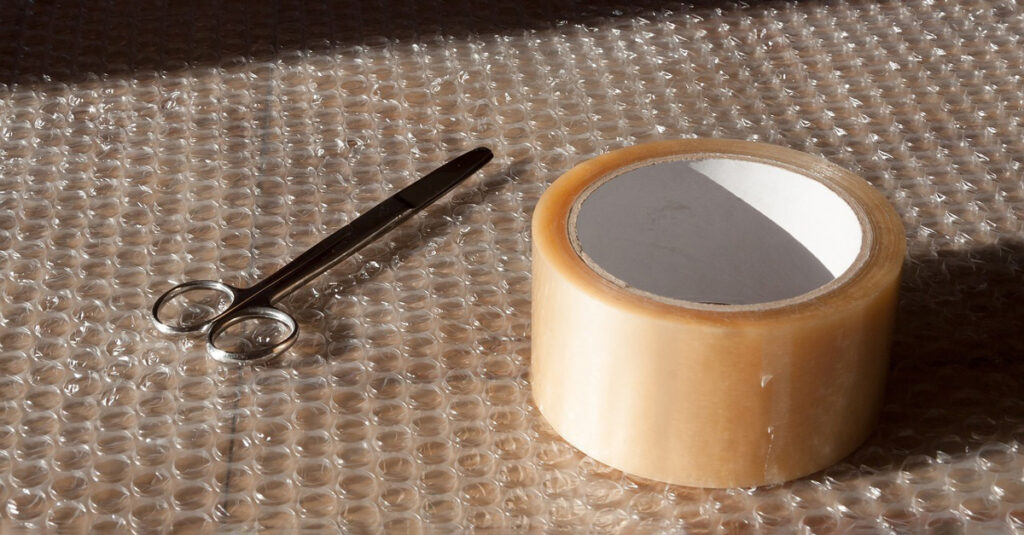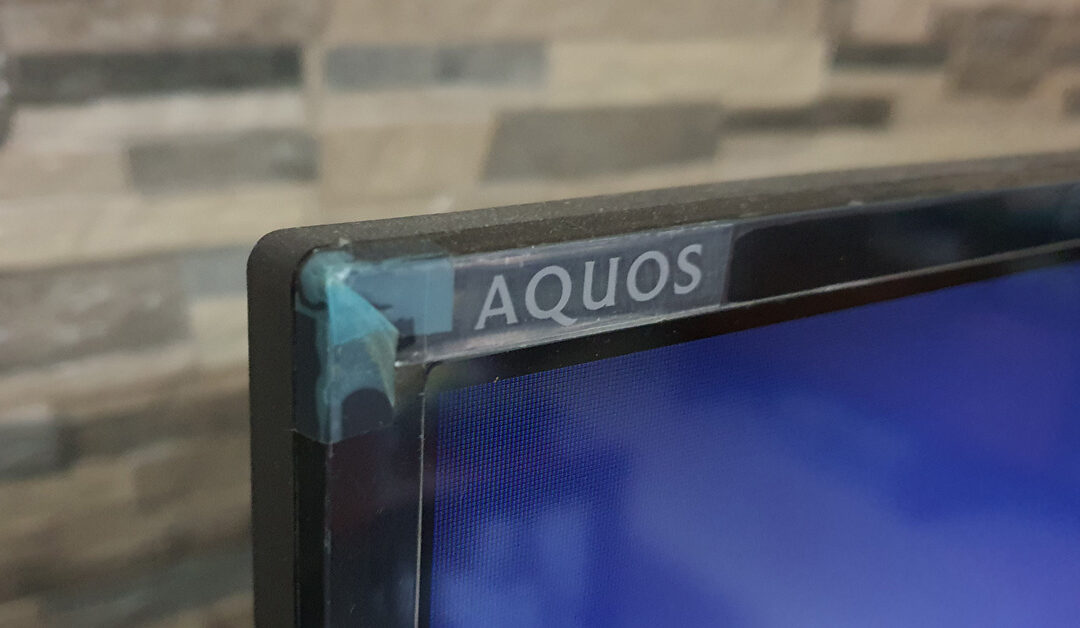It’s pretty common to visit any Filipino house and find things like appliances and furniture still covered with the plastic film or sheet from their original packaging. In some cases, people even purposefully wrap furniture like dining tables and sofa sets with plastic cover.
We are quite sensitive about our purchases, especially those that take a chunk from our pay or savings. Take phones, for instance. Right from the moment you get a new one, you immediately slap on a screen protector and slide it into a case. Probably why most smaller stalls in malls sell tempered glass and phone cases since there’s a huge market for protective equipment. Or, why online buyers rate sellers pretty low on Shopee or Lazada for skimping on bubble wrap.
But have you ever wondered why we continue doing it? Here are four reasons why.
1 – Protection
Plastic can protect items from getting dirty or damaged, especially during transport or storage. But we do extend this function even in the actual use of these items. Plastic covers are often placed on furniture or appliances to protect them from dust, scratches, and even moisture.
Some Filipino homes also tend to be cramped and filled with rowdy and unruly creatures that furniture and appliance can easily get dinged. Since we also have piss-poor infrastructure, many areas are prone to flooding. Covering furniture in plastic does help prevent them from getting soaked in case flood waters enter houses.
Any bit of protection, even that from a thin sheet of plastic film, helps.
2 – Preservation
We also have a penchant for keeping things in their “mint” condition. When you buy something new, you’d like to keep it in that state for as long as possible. Probably why you get all pissy when other kids perform the ritualistic binyag by dirtying your new shoes by stepping on them.
There’s also the resale value angle. Since we’re often piss poor with our finances, appliances and furniture are treated as “assets” that can be pawned off or sold, “in case of emergency.” Having them “good as new” increases the amount of money you can get from them.

3 – “Hygiene”
Take note of the quotes since people often mistake plastics as being highly sanitary. But yes, Filipinos use plastic covers in an effort to keep things “clean.” Mahirap man kami, malinis naman.
Sure, plastics don’t promote microorganism growth but they don’t deter them either. You still need to dispose plastic barriers as single-use or you have to thoroughly disinfect them. This is why it boggles the mind why governments promoted the use of flimsy and ill-designed plastic barriers in enclosed spaces during the pandemic.
4 – Old Habits
In some cases, the practice of keeping plastic on things have simply become a tradition or habit that has been passed down as a family practice. Since furniture and appliances are often considered major purchases for most families, we tend to view them as potential heirlooms that we can pass on to our kids and grandkids. What better way to protect them than
Between Tacky and a Sense of Security
Now, us middle class folks would probably scoff at the practice and consider it quite the tacky thing to do for the burgis. But if you think about it, it’s not just a masa thing. This behavior doesn’t disappear with the middle class.
Even I’m guilty of it. I have a seven-year-old TV that still has the protective film on its bezel. One can even argue that the now-popular practice of wrapping new cars with vinyl or putting on ceramic coating is just a more burgis form of this practice.
Sadly, this is pretty much a reflection of economics. Deep down, you know that any purchase isn’t exactly disposable and must be protected by any means available.

